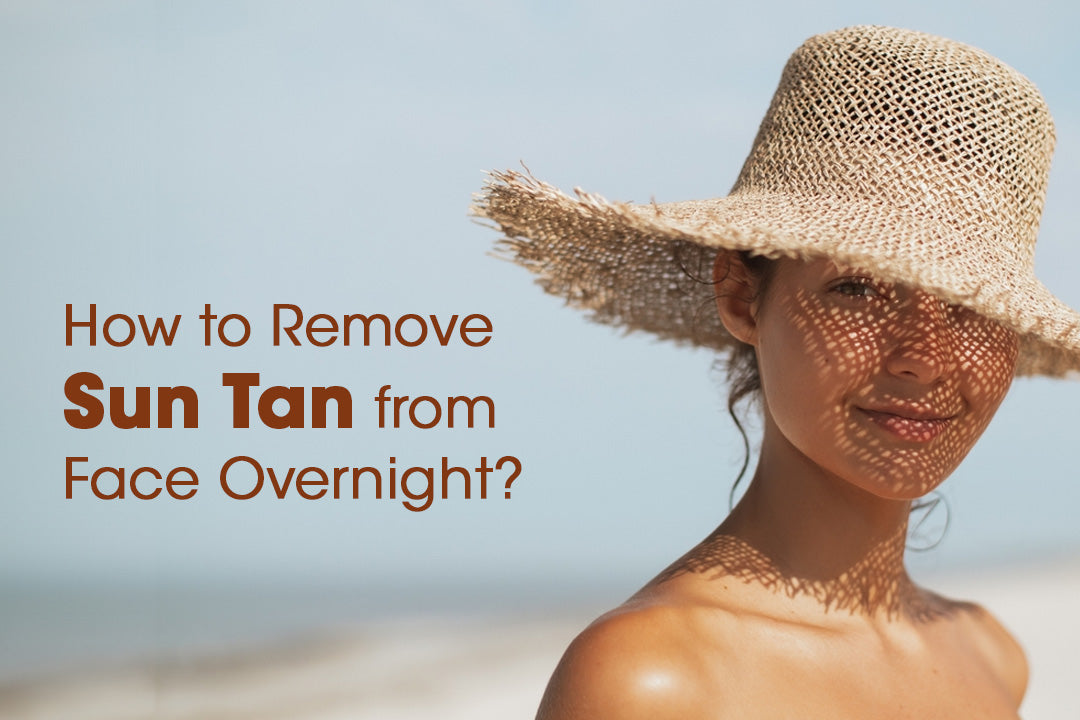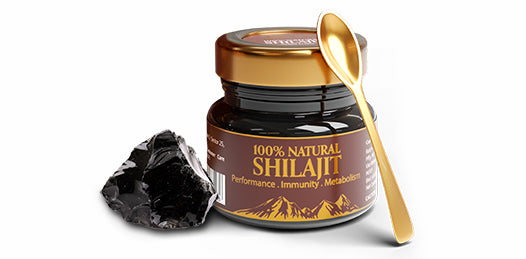Sun tanning often leaves us longing for our original skin tone, mainly when it affects visible areas like the face, forehead, and hands. While there's no magic wand to remove sun tan overnight, specific effective methods can significantly reduce its appearance. In this blog, we'll explore some practical ways to diminish sun tan, specifically addressing how to remove tan from the forehead and hands.
Understanding Sun Tan
To effectively tackle the issue of sun tan, especially on the face, forehead, and hands, it's crucial to understand what it is and how it occurs. Sun tan is the skin's response to exposure to ultraviolet (UV) radiation. It's the body's natural defence mechanism to shield the inner layers of the skin from sun damage.

Melanin and Skin Tanning
The primary factor in sun tanning is a pigment called melanin, produced by melanocytes. When exposed to sunlight, the skin increases melanin production to protect it from UV rays. This increased melanin causes the skin to darken or tan. The amount and type of melanin your body produces determine how quickly and deeply you tan.
Different Types of UV Rays
Sunlight consists of two main types of UV rays that contribute to skin tanning:
- UVA-rays penetrate deeper into the skin, causing long-term damage like premature ageing and wrinkles. They are also responsible for immediate tanning.
- UVB- rays impact the outer layer of the skin, leading to sunburn and playing a significant role in skin tanning.
Why Face, Forehead, and Hands Tan More
The face, including the forehead and hands, are often more tanned than other body parts due to their consistent exposure to sunlight. Whether it's a short walk outside or driving with your hands on the wheel, these areas are seldom covered, making them more vulnerable to UV exposure.
Skin Type and Tanning
Skin type also plays an important role in how you tan. People with lighter skin have less melanin and are likelier to burn than tan. In contrast, those with darker skin have more melanin, providing better natural protection against UV radiation but also leading to quicker tanning.
Risks Associated with Sun Tanning
While a tan might seem desirable to some, it's important to remember that it's a sign of skin damage. Repeated UV exposure without protection can lead to various skin issues, including:
- Sunburn
- Premature ageing (like wrinkles and age spots)
- Increased risk of skin cancer
Understanding the science behind sun tanning is pivotal in treating it effectively and taking preventive measures.
This knowledge underlines the importance of sun protection and safe sun practices to maintain healthy, undamaged skin.
1. Exfoliation: The First Step
Exfoliation is the key in removing dead skin cells and revealing brighter skin underneath. Use a gentle exfoliating scrub on your face and hands. However, be cautious not to over-exfoliate, especially on sensitive facial skin.
2. Natural Remedies
Natural home remedies can be effective in diminishing sun tan. Here are some you can try:
- Aloe Vera and Lemon Juice
Aloe Vera has soothing properties, while lemon juice acts as a natural bleach. Few drops of Aloe Vera gel with lemon juice can be applied to the tanned areas. Leave it on overnight and wash it off in the morning.
- Yoghurt and Tomato
The lactic acid in yoghurt and the antioxidants in tomatoes can help lighten the skin. Mix yoghurt with tomato pulp and apply it to your face and hands. Leave it for 20 minutes before washing off.
- Cucumber Extract
Cucumber is excellent for cooling and lightening the skin. Scrape a cucumber and spread its juice on your tanned areas. Its hydrating properties also replenish the skin's moisture.
3. Chemical Peels and De-tanning Treatments
Chemical peels or professional de-tanning treatments can be effective for quicker results. A qualified dermatologist best performs these treatments.
4. Hydration and Nourishment
Hydrating your skin can significantly aid in tan removal. Use a good moisturizer on your face and hands after any de-tanning treatment. Drinking plenty of water also helps maintain healthy skin.
5. Sunscreen
When protecting your skin from sun tan, sunscreen is undoubtedly your first line of defense. Understanding the importance of using sunscreen correctly is vital for adequate sun protection.
Why Sunscreen is Essential
Sunscreens shield your skin from the sun's harmful UV rays. Consistent and correct use of sunscreen prevents tanning and significantly reduces the risk of sunburn, premature ageing, and skin cancer.
Broad-Spectrum Protection
When selecting a sunscreen, it's crucial to choose a broad-spectrum formula. Broad-spectrum sunscreens offer protection against both UVA & UVB rays. UVA rays goes deeply into the skin and are mainly responsible for premature ageing, while UVB rays cause sunburn and play a significant role in causing skin cancer. Broad-spectrum sunscreens effectively shield your skin from these rays, reducing the risk of various skin issues.
SPF Factor
SPF, or Sun Protection Factor, means how well a sunscreen can shield the skin from ultraviolet rays from the sun. A higher SPF number indicates more protection. Dermatologists often recommend using sunscreen with at least SPF 30 for daily use. For prolonged outdoor activities, consider a higher SPF for better protection.
Application and Reapplication
For sunscreen to be effective on the skin, it must be applied correctly:
- Generous Application: Many people need more sunscreen, which diminishes its effectiveness. Generally, use about two tablespoons of sunscreen to cover your entire body and the amount on two fingers for the face.
- Reapplication: Sunscreen should be reapplied atleast twice throughout the say, especially if you are outdoors, sweating, or swimming. Even water-resistant sunscreens can wear off, so it's crucial to reapply regularly.
- Timing: Apply sunscreen at least 15 to 20 minutes before going outdoors to allow it to bind correctly to your skin.
Choosing the Right Sunscreen
With various types of sunscreens available, including creams, gels, sprays, and sticks, choosing one that suits your skin type and lifestyle is essential. A gel-based or non-comedogenic sunscreen is ideal for those with oily or acne-prone skin. For dry skin, sunscreen with moisturizers are beneficial.

Don't Forget Hidden Areas
When applying sunscreen, people often forget areas like the back of the neck, ears, tops of feet, and the back of the hands. These areas are also prone to sun exposure and should be addressed.
6. Diet and Lifestyle
A healthy diet rich in antioxidants can aid in skin repair. Add fruits and vegetables rich in Vitamins A and C to help rejuvenate your skin.
Specific Tips on How to Remove Tan from Forehead and Hands
- Forehead: The forehead is often more exposed to sunlight. Use hats or caps when stepping out. Mix besan (gram flour) and rose water and apply this mixture on your forehead. This natural remedy is particularly effective in reducing forehead tan.
- Hands: For hands, you can use a mix of honey and lemon juice. While honey moisturizes the skin, lemon juice is a natural bleaching agent. Regular application can reduce tan on hands significantly.
Conclusion
While removing sun tan from the face, forehead, and hands overnight may not be entirely feasible, consistent application of the above methods can yield quick and noticeable results. Remember, each skin type is different, and choosing strategies that suit your skin is crucial. Always do a patch test before trying any new ingredient on your skin. To remove sun tan, it's also important to maintain overall skin health and protect it from sun damage. By including these practices into your daily skincare routine, you can say goodbye to sun tan and hello to healthy, glowing skin.












1 comment
This is so informative 🙌